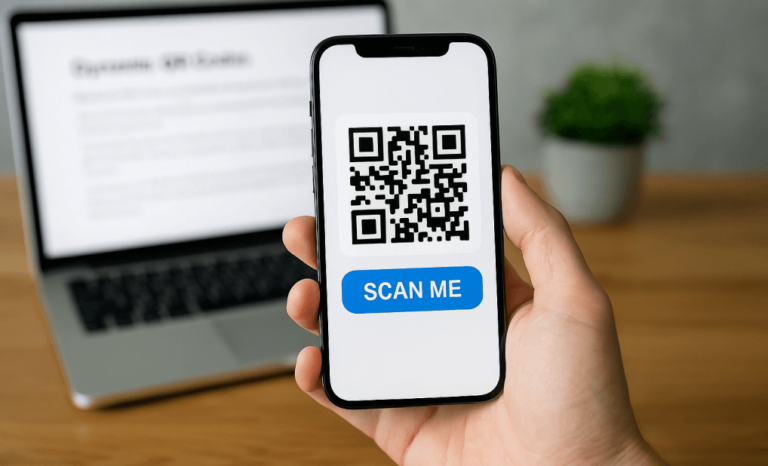Introduction to the future of dynamic QR codes
In the rapidly evolving digital landscape, dynamic QR codes have emerged as a powerful tool for businesses and consumers alike. Unlike their static counterparts, a dynamic QR code offers a wealth of customizable features, making them adaptable to a variety of marketing, payment, and customer engagement needs. But what is the future of dynamic QR codes, and how will they continue to reshape the way we interact with the world?
Dynamic QR codes, with their ability to change content and track data, have the potential to significantly enhance user experiences, offering businesses innovative ways to engage with their audience. QR Code KIT’s dynamic QR code generator is at the forefront of this transformation, enabling users to create personalized QR codes with ease. From generating dynamic business card QR codes to customizable landing pages, the future of QR codes lies in their versatility and integration into both the physical and digital worlds.
What makes dynamic QR codes different from static QR codes?
Dynamic QR codes offer a level of flexibility that static codes simply cannot match. While static QR codes encode fixed information that cannot be changed after printing, dynamic QR codes allow businesses to modify the content at any time. This adaptability makes them particularly beneficial for marketing campaigns, customer engagement, and even payment systems. With dynamic QR codes, businesses can track scans, change destinations, and update content in real time, making them a far more effective tool in today’s fast-paced digital world.
How are dynamic QR codes used in marketing campaigns?
Dynamic QR codes are an invaluable asset for marketing campaigns due to their ability to evolve with the campaign’s needs. For example, businesses can create unique QR code destinations that change based on the time of day, location, or even customer behavior. This means companies can offer personalized promotions or exclusive content, driving customer engagement to new heights.
By using a dynamic QR code generator, businesses can integrate their QR codes into print ads, billboards, flyers, and more. This technology bridges the gap between physical and digital worlds, allowing marketers to provide instant access to promotional content, videos, product catalogs, or even exclusive discounts.
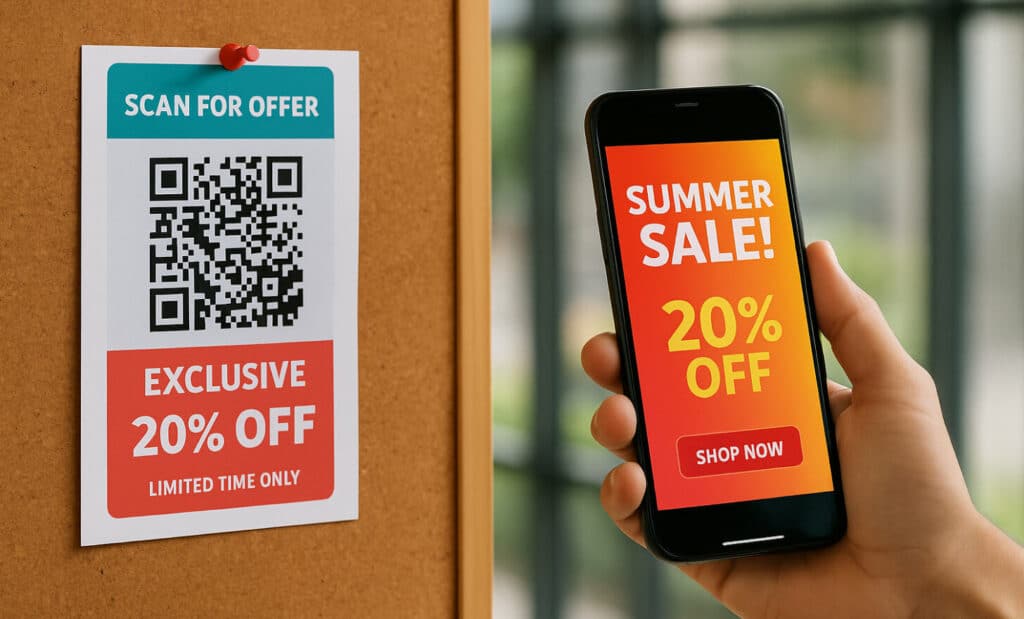
How do dynamic QR codes improve customer engagement?
As the future of QR code applications continues to unfold, customer engagement is set to benefit from the technology’s flexibility. Dynamic QR codes enable businesses to track scan behavior, allowing them to adjust marketing strategies based on real-time data. This creates a more personalized user experience, with customers receiving targeted promotions, tailored content, and even customized services.
Incorporating dynamic QR codes into customer interactions helps businesses foster stronger relationships, build brand loyalty, and improve customer satisfaction. By offering value through engaging digital content, businesses can turn a simple QR code scan into a lasting customer experience.
What role do dynamic QR codes play in contactless payments?
One of the most significant advancements in the future of QR code payments is the widespread adoption of dynamic QR codes in payment gateways. Unlike static QR codes, which are limited to one-time use, dynamic QR codes can be updated with new payment details in real time, ensuring secure, cashless transactions. This makes dynamic QR codes particularly appealing in the retail sector, where fast and efficient contactless payments are becoming the norm.
QR code payment systems are already seeing significant growth, especially in regions like Asia, where they have been widely adopted for everything from small transactions to large-scale retail purchases. As the world continues to embrace mobile payments, the versatility of dynamic QR codes will play a pivotal role in driving this evolution.
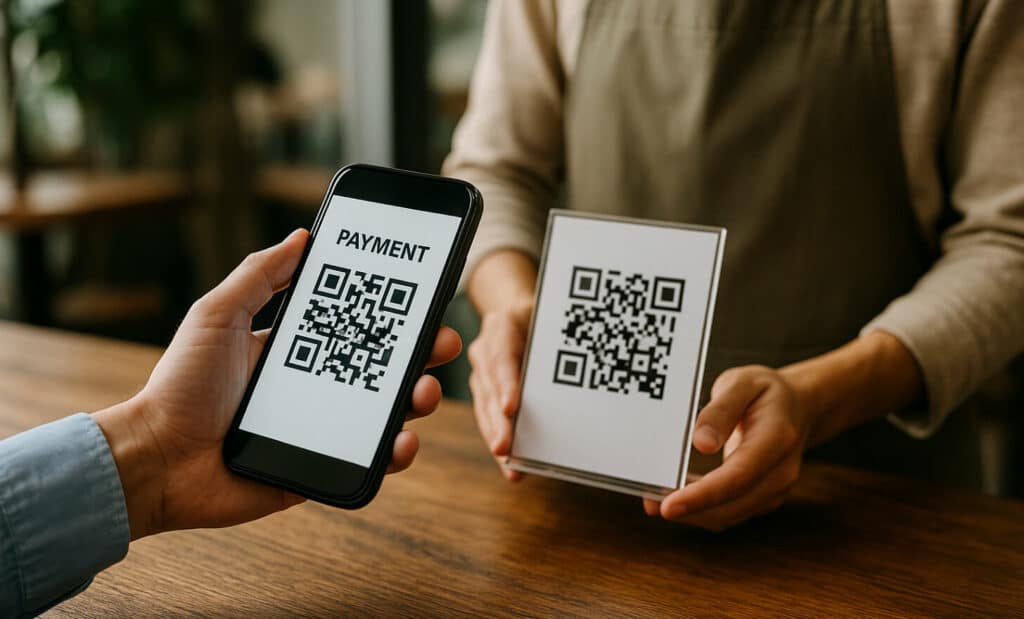
How do dynamic QR codes enhance customer feedback?
QR codes have long been used to gather customer feedback, but dynamic QR codes take this concept to the next level. By integrating QR codes into surveys, reviews, and customer satisfaction tools, businesses can gather insights in real time and modify their feedback forms based on responses. This level of customization ensures that businesses can respond to customer needs and improve their customer experiences.
Furthermore, businesses can track the effectiveness of their QR code campaigns, analyzing data such as scan rates, geographic location, and time of scan to gain valuable insights into their audience. This allows businesses to adapt their offerings, tweak their promotions, and better cater to their customers’ preferences.
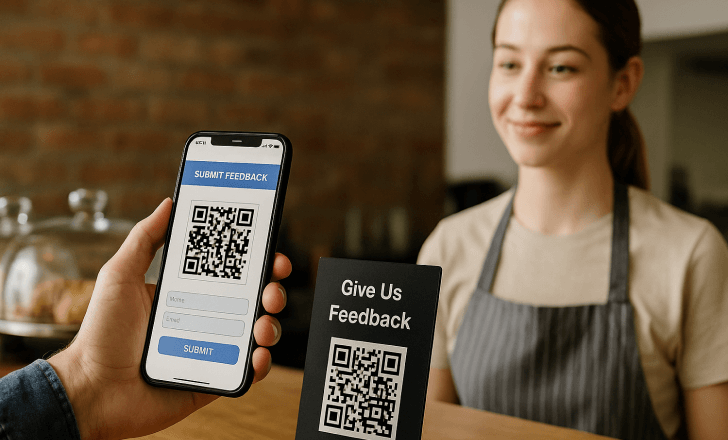
What are the benefits of modular landing pages for dynamic QR codes?
One of the standout features of dynamic QR codes is the ability to create custom landing pages with modular elements. These landing pages can be tailored to fit the unique needs of each campaign, offering different content based on the user’s location, behavior, or even preferences. By using QR Code KIT, businesses can design landing pages that feature interactive elements, such as video, image galleries, and embedded links, making them far more engaging than traditional static landing pages.
Modular landing pages allow businesses to customize QR codes for a variety of purposes, including promotions, events, and product launches. This flexibility makes it easier to create cohesive, branded experiences that resonate with customers.
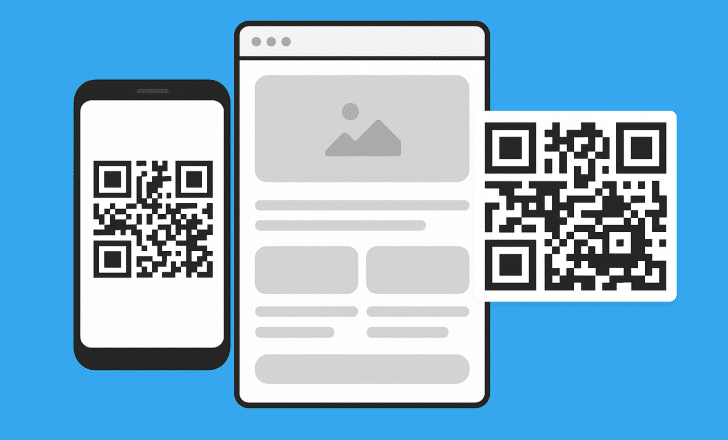
How do dynamic QR codes affect QR code design?
The future of QR code design is closely tied to the rise of dynamic QR codes. While static QR codes were often viewed as unsightly, dynamic QR codes offer the opportunity to create visually appealing, branded QR codes that align with a company’s marketing efforts. From choosing colors and logos to adjusting the design to match specific campaigns, businesses can use dynamic QR codes to enhance their brand visibility and create a cohesive user experience.
With QR Code KIT, users can design custom QR codes that reflect their brand’s identity, adding a professional touch to their print and digital materials. This ensures that QR code scanning not only provides functional benefits but also contributes to the overall aesthetic of a campaign.
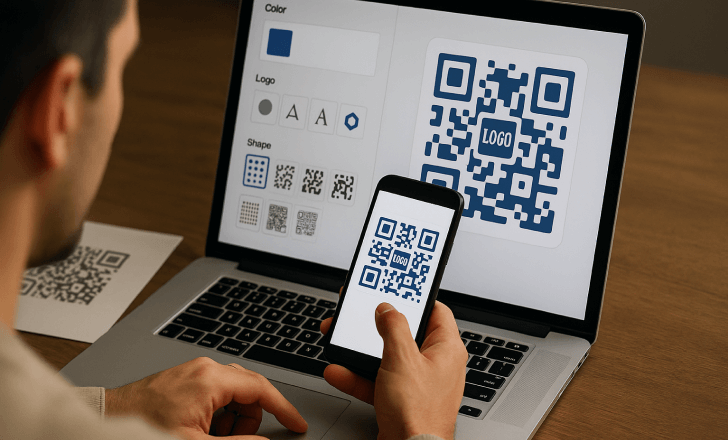
How will the global QR code adoption affect businesses?
The global QR code adoption is expected to grow significantly in the coming years. As more businesses recognize the potential of dynamic QR codes for improving customer engagement, marketing strategies, and payment systems, QR codes will become an essential tool across various industries.
With global QR code scans set to increase, businesses must be prepared to leverage QR codes effectively. Whether through customized promotions, mobile payment systems, or interactive customer feedback, dynamic QR codes provide a powerful solution for businesses looking to stay ahead of the curve.
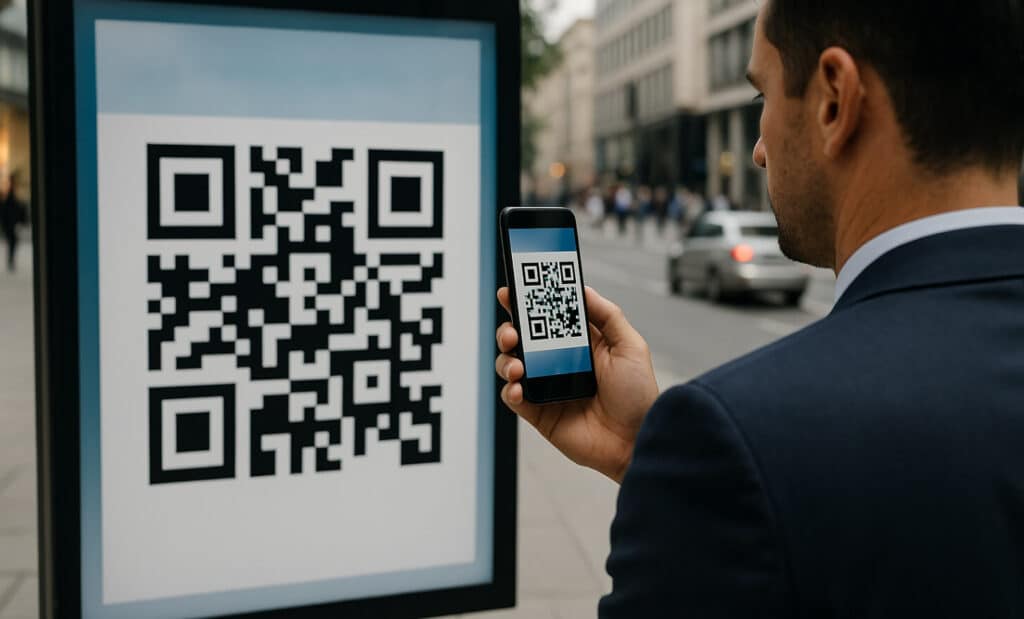
How will dynamic QR codes revolutionize the retail sector?
In the retail sector, QR code technology is already making a significant impact, but dynamic QR codes will take things even further. By offering personalized promotions, loyalty rewards, and real-time product information, dynamic QR codes are poised to become an integral part of the retail experience.
Shoppers will be able to scan QR codes to access digital coupons, track their order status, or receive recommendations based on their shopping behavior. This seamless integration of digital and physical experiences will create more efficient, engaging shopping journeys that improve customer satisfaction and drive sales.
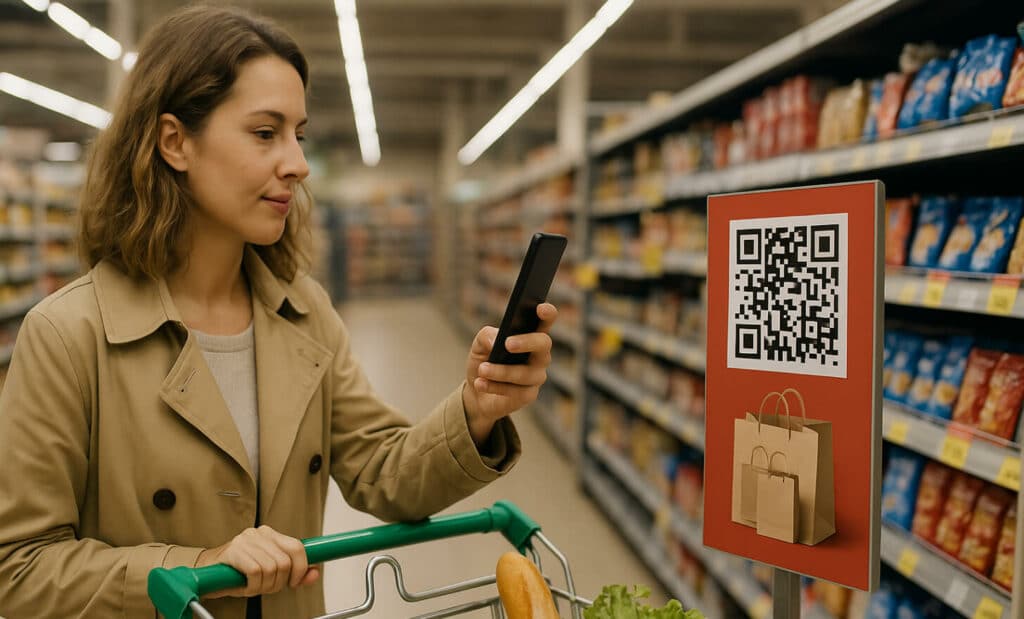
How do dynamic QR codes facilitate digital menus in restaurants?
The future of digital menus in restaurants is bright, thanks to dynamic QR codes. Restaurants are increasingly adopting contactless ordering systems, with customers scanning QR codes to view menus, place orders, and even pay bills. Unlike static QR codes, dynamic QR codes allow restaurant owners to update their menus in real time, making it easier to manage stock levels, seasonal dishes, and special promotions.
This shift toward QR code menus not only improves customer convenience but also enhances hygiene by minimizing physical contact between customers and staff.
Can dynamic QR codes improve customer engagement in the healthcare sector?
The healthcare sector can also benefit from the use of dynamic QR codes. For example, medical records can be securely linked to dynamic QR codes, enabling patients to access their information quickly and conveniently. Healthcare providers can use QR codes to share important documents, appointment reminders, or health tips, all while protecting user data.
With QR code scanning, patients and doctors can seamlessly share and access information, improving the overall patient experience and streamlining administrative processes.
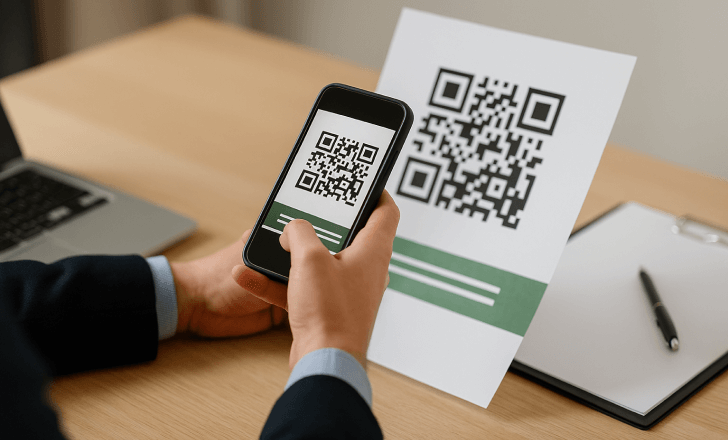
What impact will dynamic QR codes have on traditional advertising campaigns?
Traditional advertising, whether in print ads, billboards, or flyers, can be significantly enhanced with dynamic QR codes. These codes can direct customers to landing pages with exclusive content, offers, or promotions, providing a direct link between the advertisement and the desired action. This level of engagement is something static QR codes cannot provide, making dynamic QR codes an indispensable tool for modern advertising campaigns.
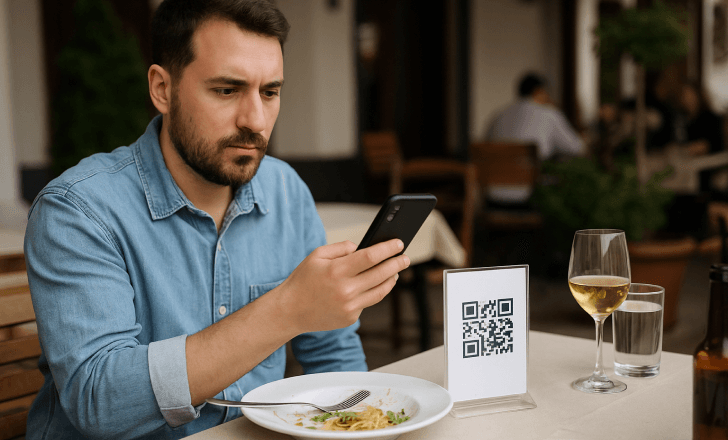
Conclusion: The future of dynamic QR codes
As QR codes continue to evolve, dynamic QR codes will play an essential role in the future of digital marketing, payment systems, and customer engagement. Their ability to adapt to changing content, track user data, and provide personalized experiences makes them a versatile tool for businesses across a variety of industries. With QR Code KIT’s dynamic QR code generator, businesses can unlock the full potential of this technology, streamlining processes and improving customer satisfaction in the digital age.
By embracing the future of dynamic QR codes, businesses can stay ahead of the curve and drive success in an increasingly digital world.

